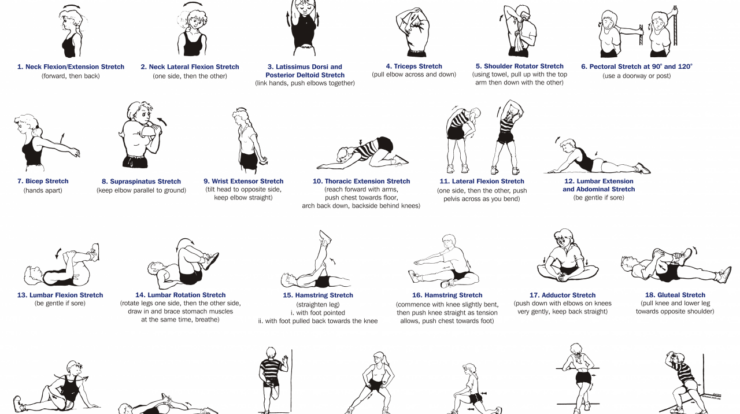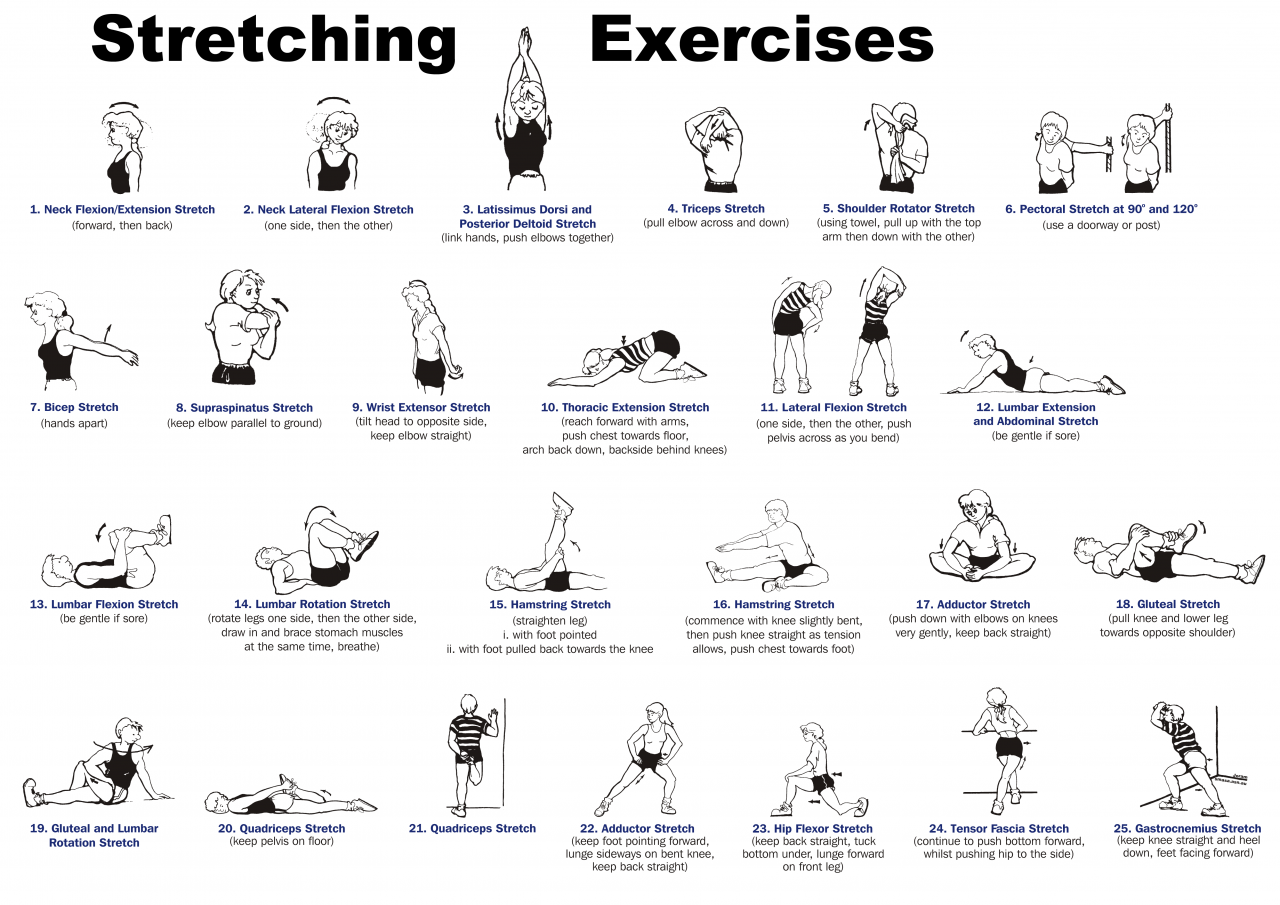
Explain why regular exercise is the best way to prevent flexibility issues. – Regular exercise is widely recognized as the most effective way to prevent flexibility issues. By incorporating regular physical activity into our lives, we can maintain optimal range of motion, reduce the risk of injuries, and improve our overall well-being.
The benefits of regular exercise for flexibility are numerous. It helps improve our range of motion by increasing the elasticity of our muscles and tendons. Stretching and strengthening exercises, when performed regularly, contribute to maintaining flexibility. Examples of exercises that effectively enhance flexibility include yoga, Pilates, and dynamic stretching.
Benefits of Regular Exercise for Flexibility
Regular exercise is the key to maintaining flexibility and preventing stiffness. It improves range of motion by increasing the elasticity of muscles and tendons. Stretching and strengthening exercises play a crucial role in preserving flexibility. Dynamic stretching, which involves moving the body through a full range of motion, prepares the muscles for activity and enhances coordination.
Static stretching, where a position is held for an extended period, helps lengthen muscles and improve flexibility over time. Incorporating exercises like yoga, Pilates, and tai chi into a routine can effectively enhance flexibility.
For those who speak Vietnamese, happy mother’s day in vietnamese greetings are a beautiful way to connect with their mothers. Express your love and admiration with happy mothers day wishes that are sure to touch their hearts.
Impact of Inactivity on Flexibility
Prolonged inactivity has detrimental effects on joint mobility. When the body is not regularly moved, the connective tissues surrounding the joints become stiff and less elastic. This leads to reduced range of motion and increased risk of injury. Regular movement is essential for maintaining joint health and preventing stiffness.
No matter how you choose to celebrate, happy mother’s day greetings are a timeless way to show your mother how much you care. From heartfelt messages to thoughtful gifts, there are countless ways to make this day special for the most important woman in your life.
Even light activities like walking or swimming can help preserve flexibility.
Flexibility and Injury Prevention

Improved flexibility significantly reduces the risk of injuries. Flexible muscles and joints are less prone to strains, sprains, and tears. Flexibility enhances balance and coordination, which helps prevent falls and other accidents. For example, improved flexibility in the hamstrings can reduce the risk of hamstring strains during running or jumping.
Exercise Recommendations for Flexibility
For optimal flexibility, aim for at least 30 minutes of moderate-intensity exercise most days of the week. Warm up with light cardio and dynamic stretching before exercising, and cool down with static stretching afterward. Incorporate both dynamic and static stretching into your routine.
Dynamic stretching prepares the body for activity, while static stretching improves flexibility over time.
Flexibility and Age
Flexibility naturally declines with age due to a decrease in collagen production and muscle mass. However, maintaining flexibility throughout the lifespan is crucial for overall health and well-being. Older adults can preserve and improve flexibility through regular exercise, including tai chi, yoga, or swimming.
Final Wrap-Up

In conclusion, regular exercise is the best way to prevent flexibility issues. It not only improves our range of motion but also reduces the risk of injuries and enhances our overall physical health. By incorporating regular physical activity into our daily routines, we can maintain flexibility throughout our lives and enjoy the numerous benefits it offers.
FAQ Section: Explain Why Regular Exercise Is The Best Way To Prevent Flexibility Issues.
How often should I exercise to improve flexibility?
For optimal flexibility, aim for at least 30 minutes of moderate-intensity exercise most days of the week.
Is it too late to start exercising for flexibility?
No, it’s never too late to start exercising for flexibility. Even small amounts of regular exercise can make a significant difference.
What are some examples of exercises that improve flexibility?
Mothers around the world are celebrated on Mother’s Day, a day dedicated to honoring their love and sacrifice. Whether you want to express your gratitude with happy mother’s day greetings or a heartfelt message to your sister, happy mother’s day sis , there are countless ways to convey your appreciation.
Yoga, Pilates, tai chi, and dynamic stretching are all excellent exercises for improving flexibility.





